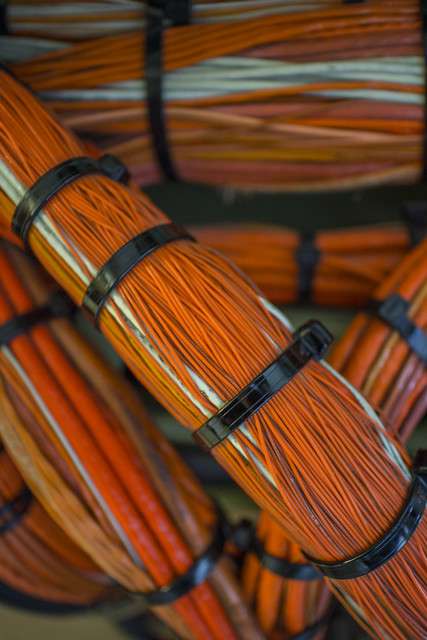Inherent Difficulties in the Synthesization of Polytetrafluoroethylene
PTFE is in many ways1 a perfect material for this application, due to its flame resistance and low smoke generation, excellent dielectric constants, low dissipation factors, high-frequency stabilities. Its continuous service temperature range of – 260 °C to 260 °C (melts at 327 °C), resistance to all common chemicals and solvents, and moisture and volume resistance help it stand up to the rigors of high altitude flight.
However, manufacturers are well aware of the expense and difficulty2 of creating this material. PTFE is synthesized in two stages: the initial three-stage chemical reactions used to create tetrafluoroethylene, then the polymerization of the base TFE. These reactions necessitate the use of extremely hazardous materials including strong acids and the temperatures required range from below zero to 700°C. Specially designed safeguards must be employed to contain what can be a violently exothermic polymerization process. Mistakes can be destructive and dangerous and given the complexities inherent in the lengthy formulation process, highly expensive. To produce insulation, PTFE is coated over wiring before the sintering process. Each batch rejected due to failure in the quality control stage will significantly impact an operation’s profitability. When used for aerospace electrical insulation, a further complication is introduced to the process: color.
Historically, PTFE was colored by cadmium pigments, which are highly toxic. With the worldwide adoption of RoHS, manufacturers are looking for replacements to the heavy metals containing inorganic pigments. Pigments are mixed with powdered PTFE in a dry blending process. Care must be taken to use as little pigment as possible to prevent arcing. Uniform dispersion is important to prevent edge lifting, folding, tape breaking, or electrical breakdown. Color quality control is essential to PTFE manufacturers, as color-coding is used to indicate the voltage or purpose of avionics wiring, and miscolored wires can be rejected by their clients. Matching these colors using heavy metals free pigments is difficult.
In keeping with the rigor of the rest of the PTFE synthesis, the accurate prediction of final color from a predetermined formula is frustratingly difficult. This is due to the whiteness of PTFE powder, and the material’s 98% crystallinity. Not only does the color change when the dry powder blend is extruded into the tape, the crystallinity breaks down during sinterization as well, changing the background color and affecting the final result.





